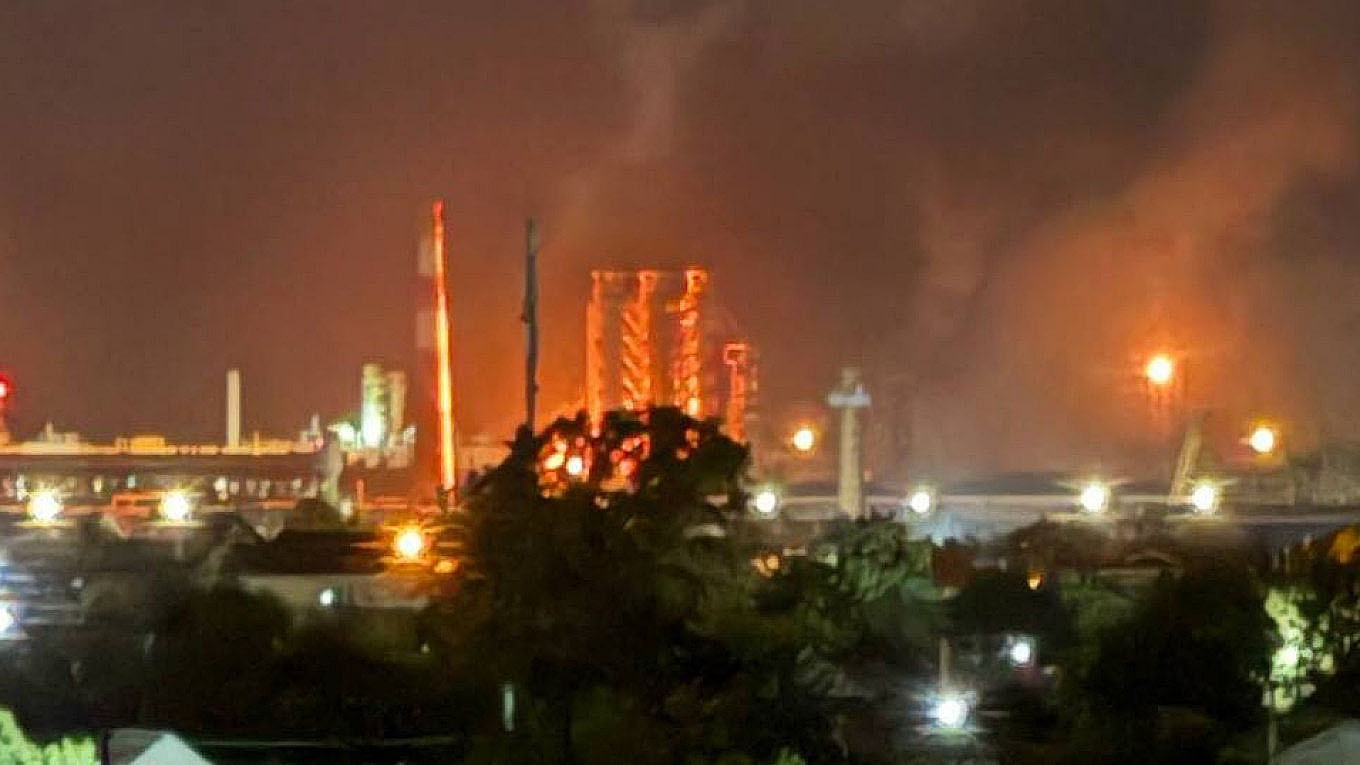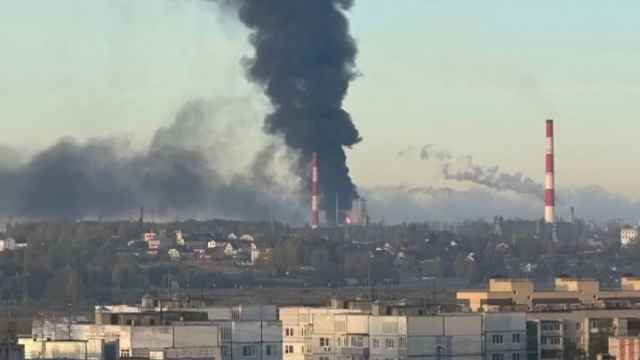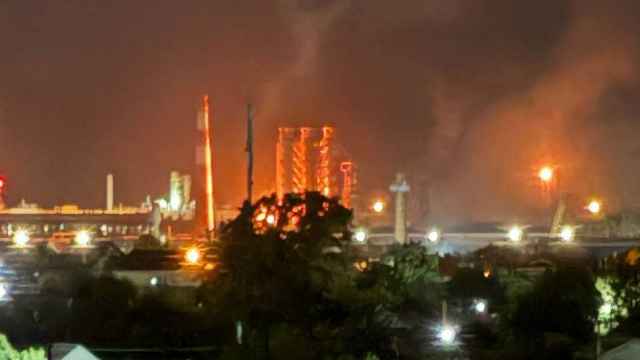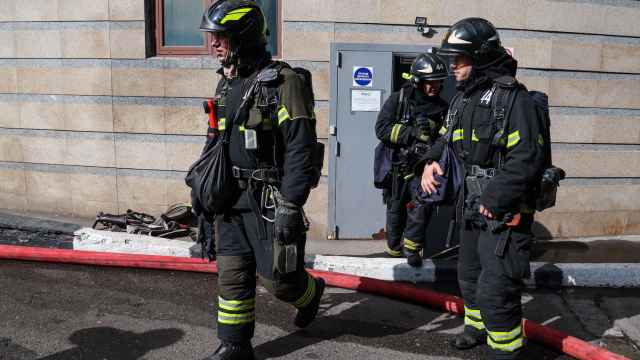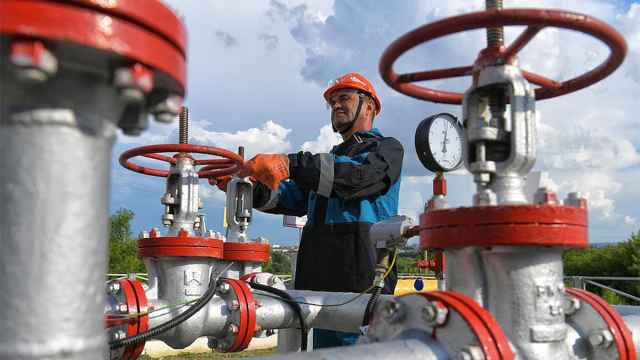There has been a lot of speculation in recent days about how much damage Ukrainian drone attacks have done to Russia’s oil refineries, with some news outlets claiming Russia has lost 38% of its oil refining capacity. While this figure might have some formal basis in fact, the real state of affairs is far more complex.
On paper, Russia can refine 327 million tons of oil every year (or 6.5 million barrels per day). And the capacity of the 16 refineries that have been attacked by Ukrainian drones in August and September is 123 million tons a year — or 38% of the total. In other words, 38% is the upper limit of potential damage.
For Moscow, the current situation is far more serious than in the spring and summer of 2024 when Ukraine conducted a similar strike campaign. Now, Ukrainian drones can fly further, carry bigger payloads, and attack more frequently. Russia’s Volgograd refinery was hit twice in August and twice in September; the Novokuibyshev refinery has been struck three times (about one every three weeks); and the Ryazan, Saratov and Salavat refineries have been hit twice each.
Previously, Kyiv had only been able to target the Krasnodar and Rostov refineries with such regularity — because they are nearer the Ukraine border and could be reached by light, low-cost drones.
There are three important questions that must be answered when attempting to assess the current level of damage to Russia’s oil refineries: were they working at full capacity before the attacks? Was the damage complete or partial? Has the damage been repaired or is it still hindering throughput?
While there is not enough publicly available information to provide exhaustive answers, we can draw some conclusions. During the 2024 campaign, most refineries kept operating — at least in part — after attacks, and had restored full output within weeks. This is true today. The Volgograd refinery, for example, was able to fully repair the damage from attacks by multiple drones on Aug. 13 and Aug. 14, and had restored full operations by Aug. 25.
The starting point for calculations can also be misleading. Russia’s refining capacity is not equal to output. Every year, Russia refines up to 270 million tons — so at least 22% of the country’s total capacity is always idle (there are various reasons for this, but one is that there is a lot of old equipment in place that just hasn’t been decommissioned). Russian domestic consumption of oil products is about 120 million tons a year, with the rest sent for export.
The exact surplus varies according to oil product, but is substantial in every case. For example, Russia produces 16% more gasoline than it requires for domestic consumption, and almost twice as much diesel. In addition, Russia’s production of naphtha could meet 60% of the country’s gasoline needs (with additives, naphtha can, if necessary, be made into Euro-3 gasoline).
It is also important to remember that a reduction in primary refining capacity (for example, damage to an atmospheric distillation column) generally does not mean a proportional reduction of market-grade fuel output. Russian refineries tend to have surplus primary distilling capacity, and bottlenecks when it comes to secondary treatment and conversion units turning distillates into market-grade fuel. Therefore, the destruction of one of two identical atmospheric distillation columns in a refinery is more likely to lead to a 30% drop in gasoline production — not 50% as you might expect.
These details and nuances reveal themselves in statistics. According to Russian newspaper Kommersant, gasoline output has fallen 10%. Industry analysts, who might have access to non-public sources, estimate Russia is currently refining just under 5 million barrels a day. A 38% reduction in capacity would mean the figure was 4 million barrels per day.
In other words, Russia’s oil refineries are facing a lot of problems — but things are far from catastrophic. How the situation develops in the coming months depends on whether Ukraine is able to maintain the pace of its strike campaign or even ramp up attacks. There are several ways the latter could happen: scope (the number of refineries being attacked), scale (the number of drones and the size of their payloads) or timing (how frequently they strike one target).
Russia’s oil refineries are a bit like a man who is being repeatedly punched. He will not die from one punch, or even half a dozen punches. But it becomes harder and harder for him to recover after each subsequent blow. Although no single punch is fatal, he could end up being beaten to death.
Russia’s ability to ward off Ukrainian attacks using air defense systems is a separate — albeit important — question. Here the attacker has the advantage: it’s far harder for Moscow to re-deploy air defenses than it is for Kyiv to simply re-direct its strikes to poorly-protected refineries. And if air defenses are spread too thin, some drones will get through. At the same time, refineries have started to erect anti-drone defenses, including netting and improvised coverings that protect vulnerable spots. For some, these sorts of defenses are comical — but they have proven themselves to be effective on the frontlines in Ukraine.
For the moment, it is unclear who will come out on top in the battle over Russia’s oil refineries—only time will tell. While the 38% figure may be based on real data, it’s a long way from accurately reflecting the nuance of the present situation.
This article was adapted from the original published by the Carnegie Endowment for International Peace.
A Message from The Moscow Times:
Dear readers,
We are facing unprecedented challenges. Russia's Prosecutor General's Office has designated The Moscow Times as an "undesirable" organization, criminalizing our work and putting our staff at risk of prosecution. This follows our earlier unjust labeling as a "foreign agent."
These actions are direct attempts to silence independent journalism in Russia. The authorities claim our work "discredits the decisions of the Russian leadership." We see things differently: we strive to provide accurate, unbiased reporting on Russia.
We, the journalists of The Moscow Times, refuse to be silenced. But to continue our work, we need your help.
Your support, no matter how small, makes a world of difference. If you can, please support us monthly starting from just $2. It's quick to set up, and every contribution makes a significant impact.
By supporting The Moscow Times, you're defending open, independent journalism in the face of repression. Thank you for standing with us.
Remind me later.



